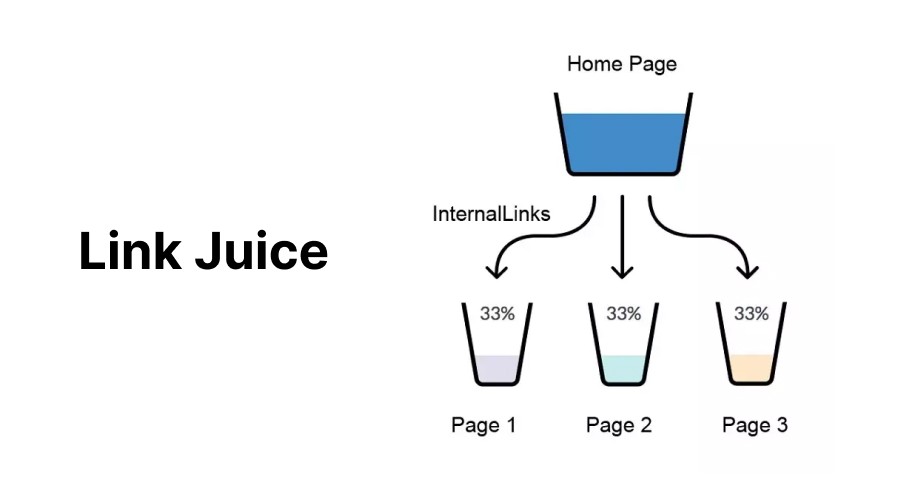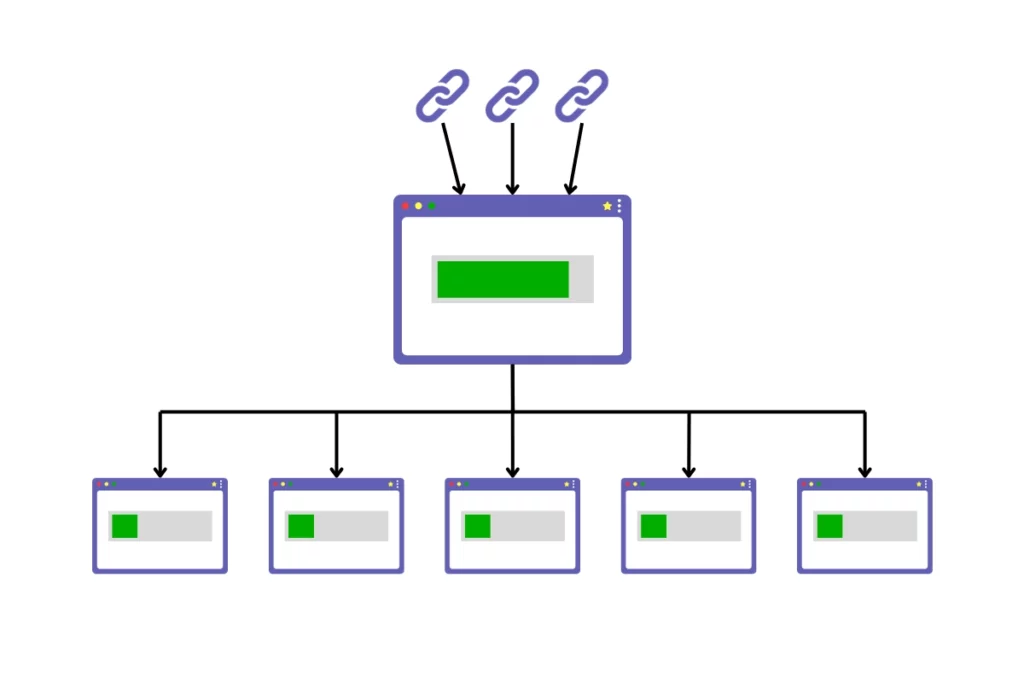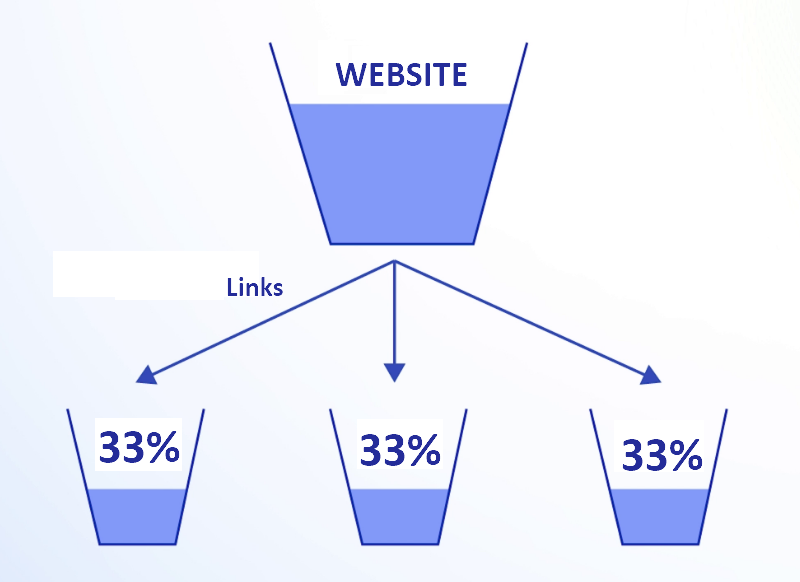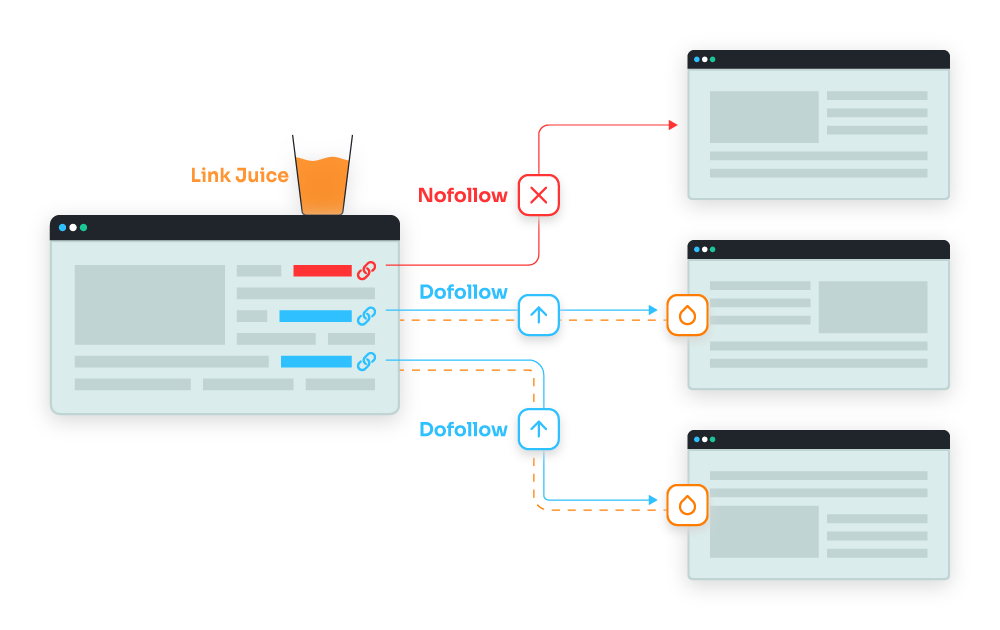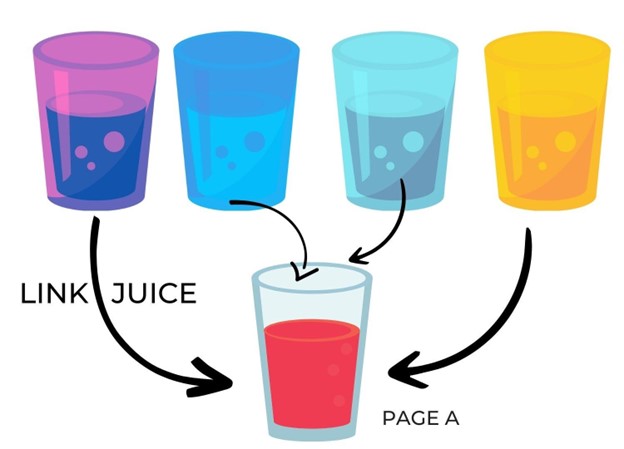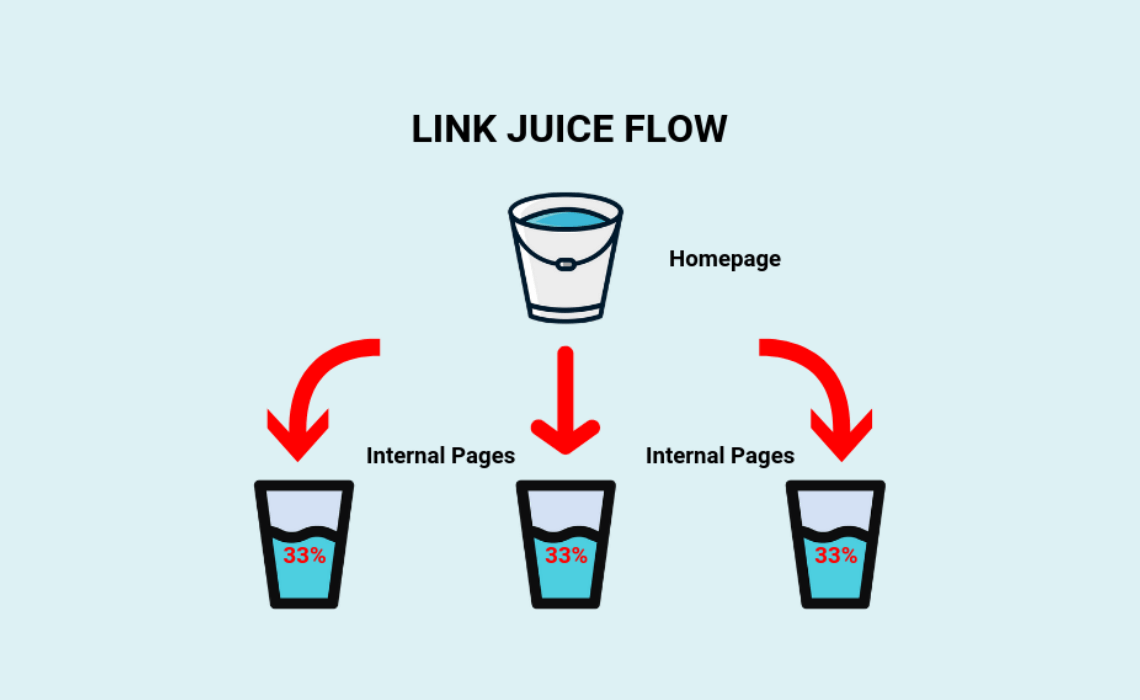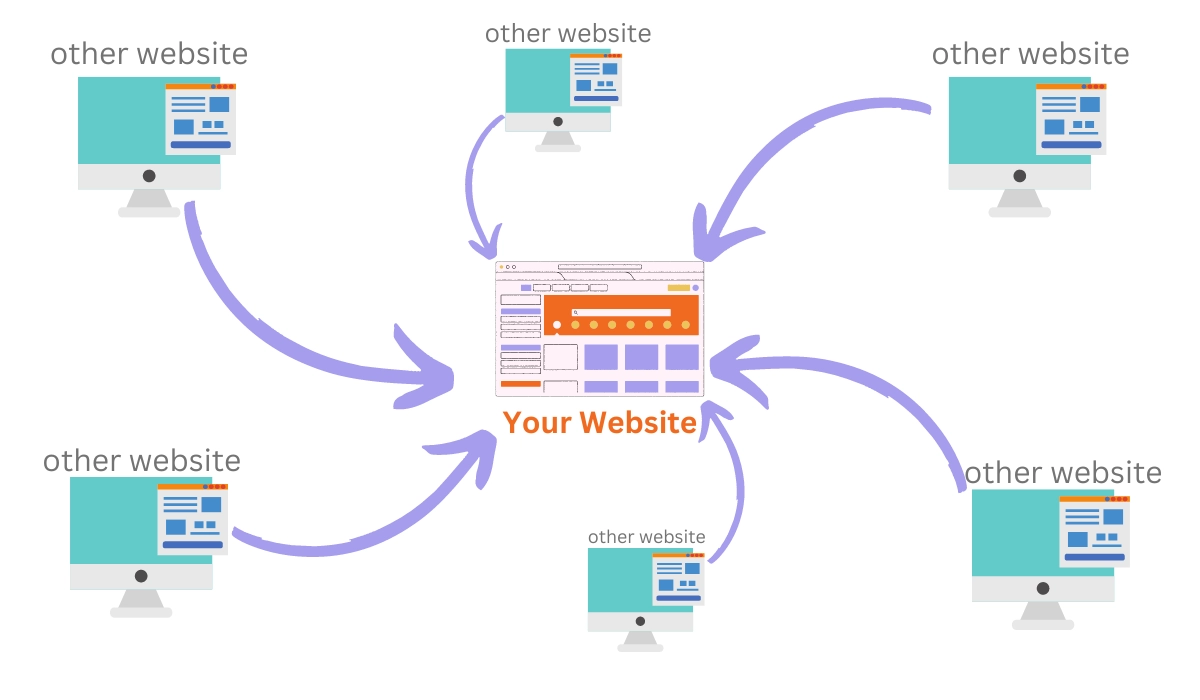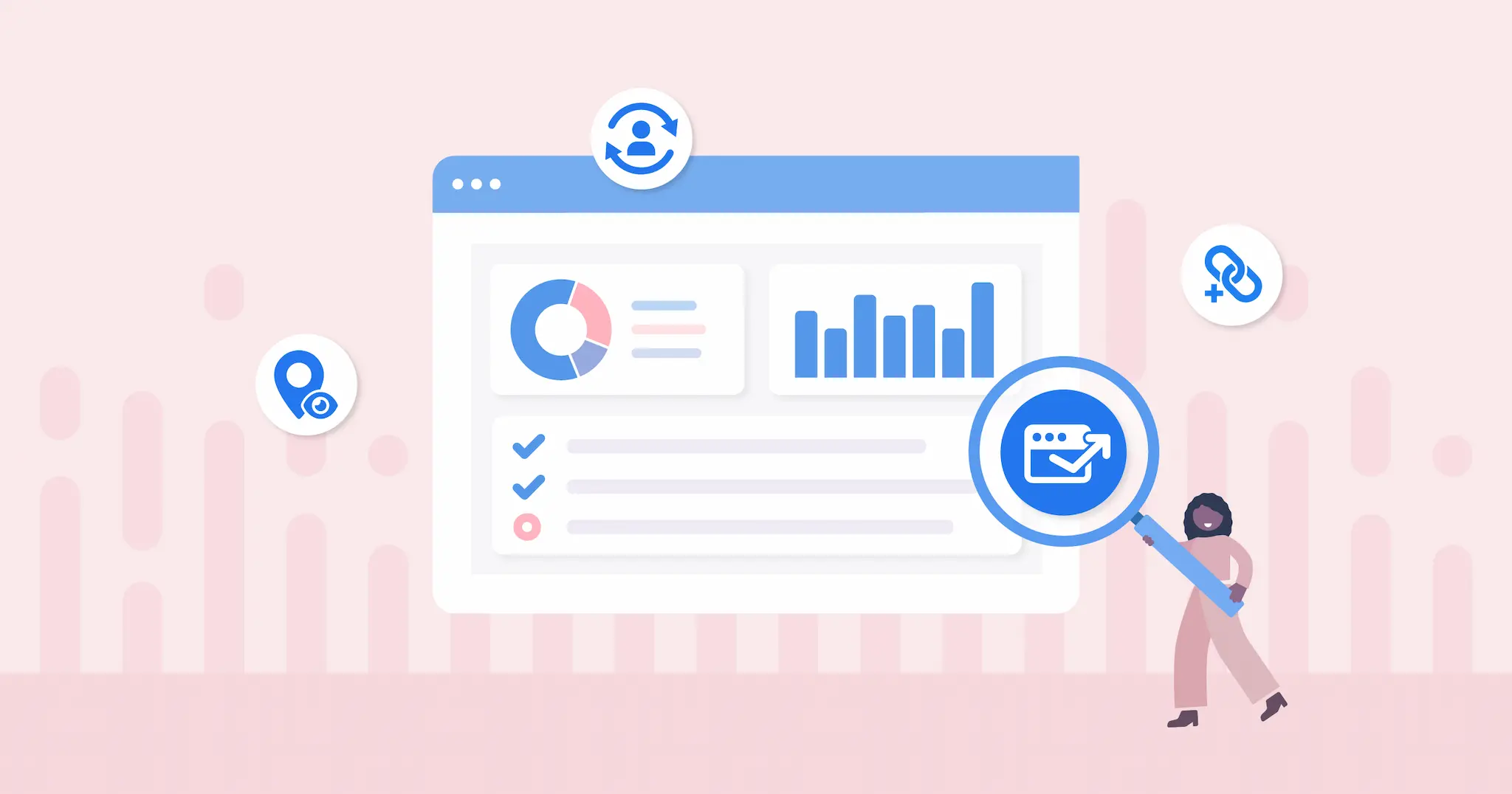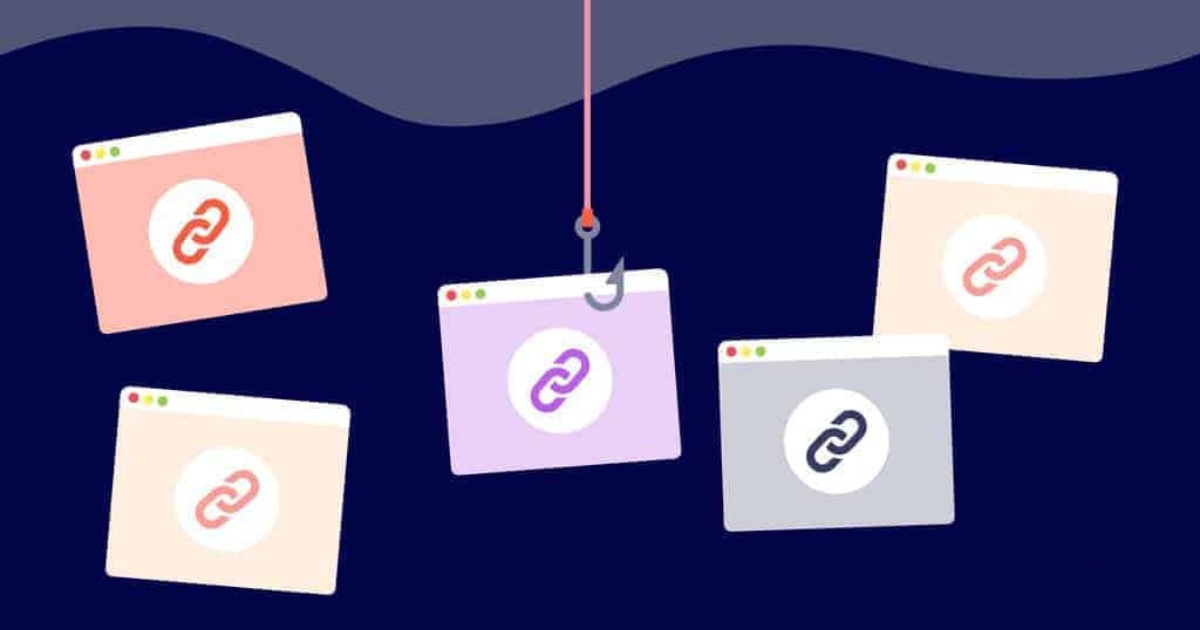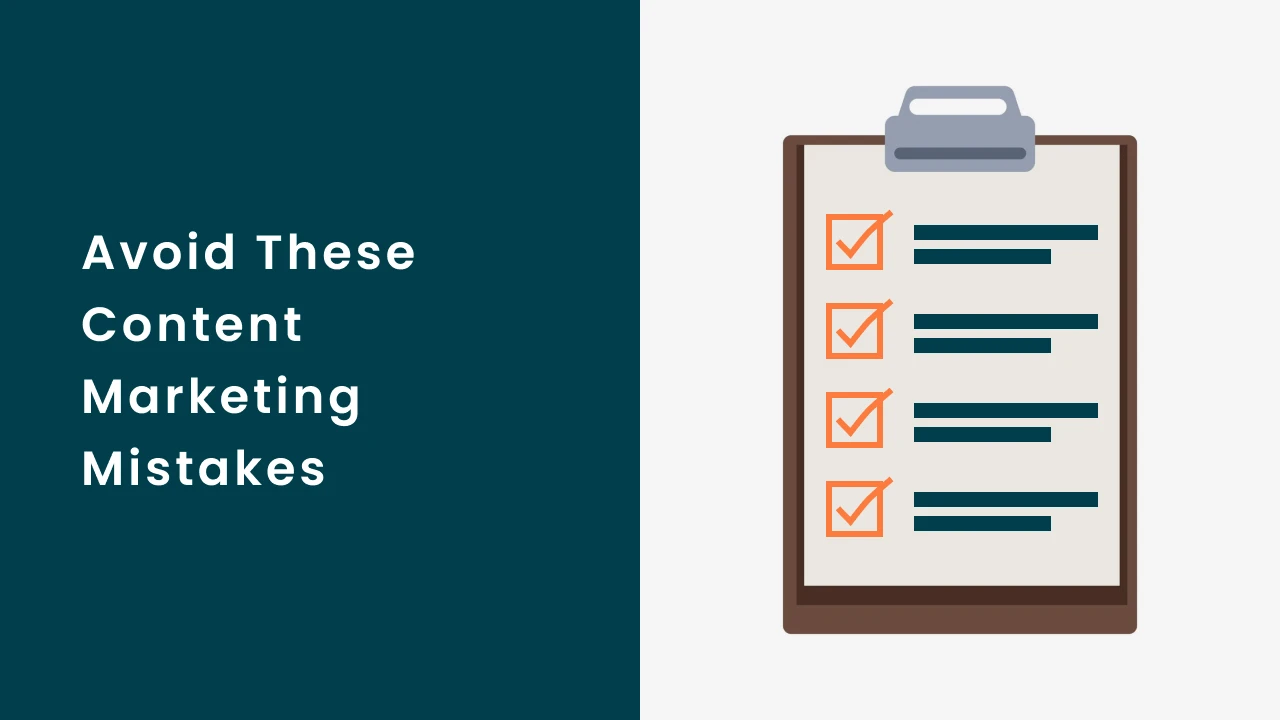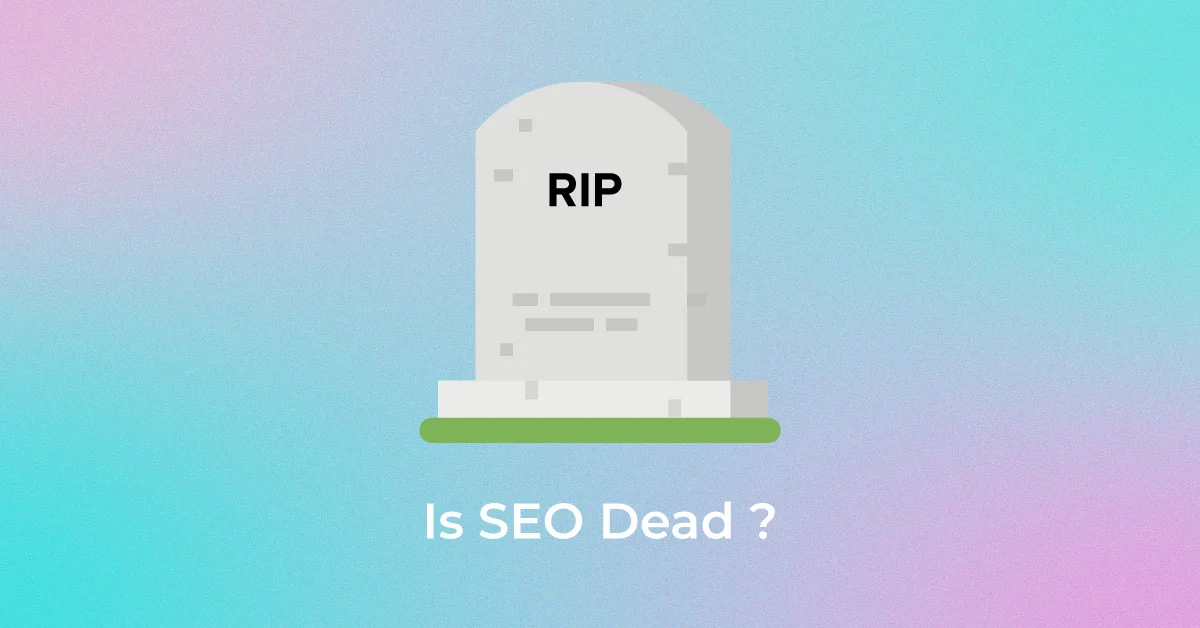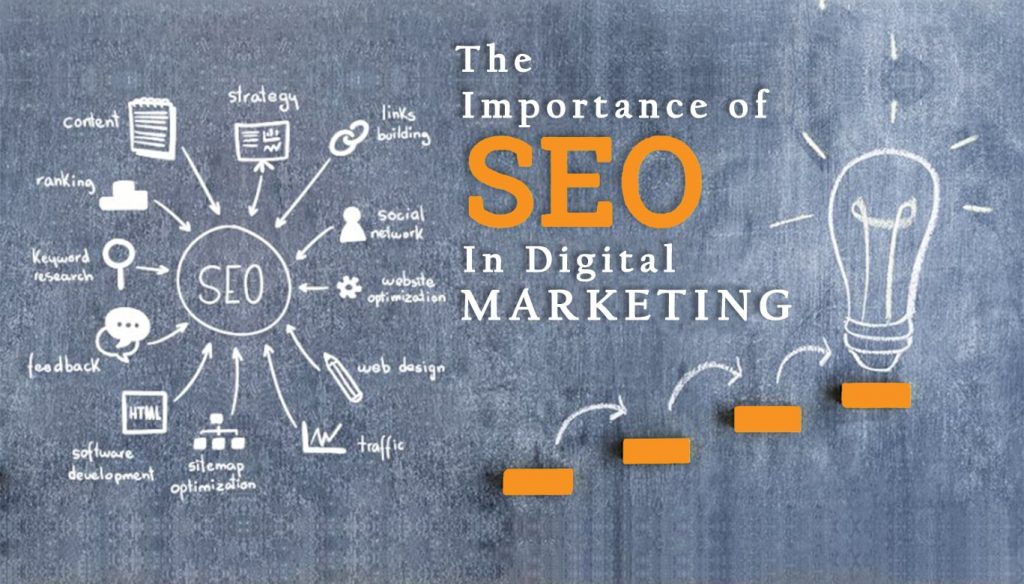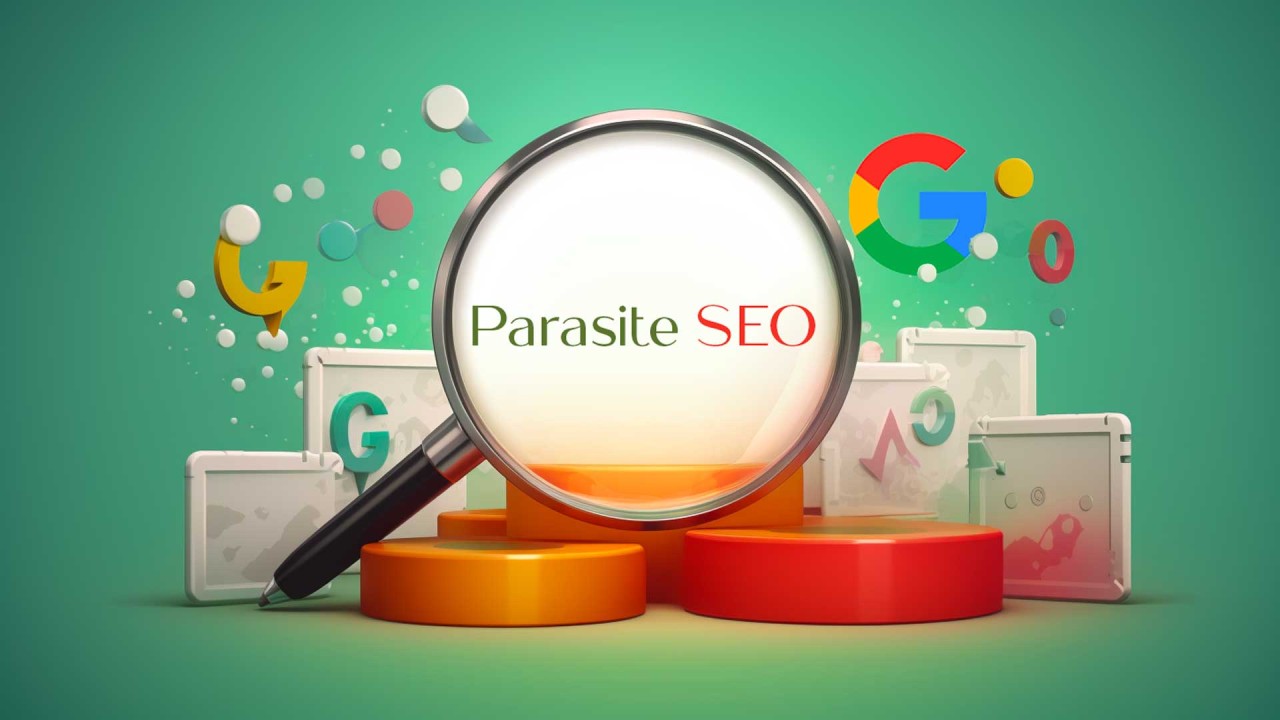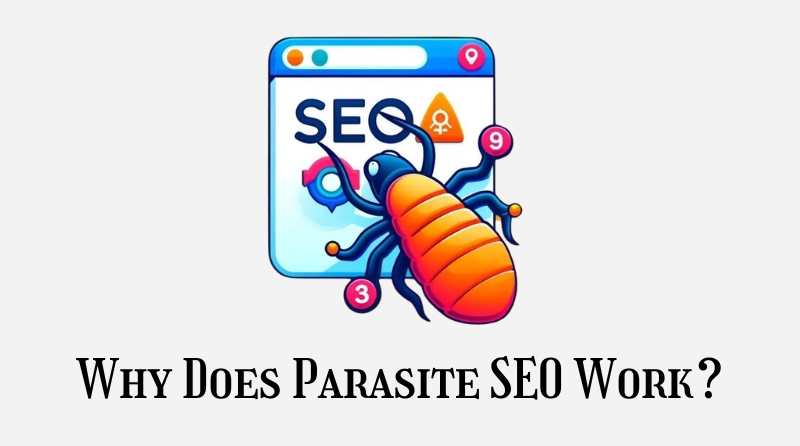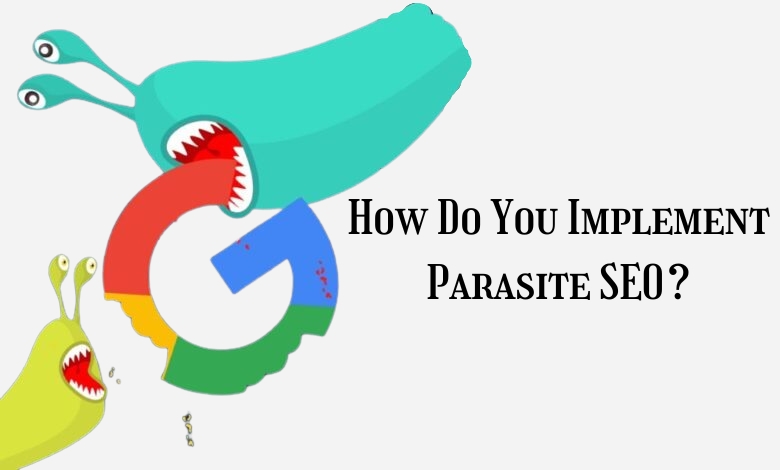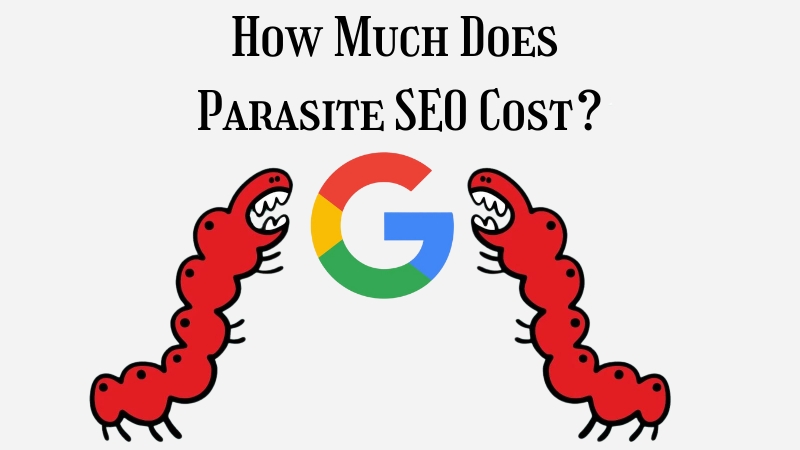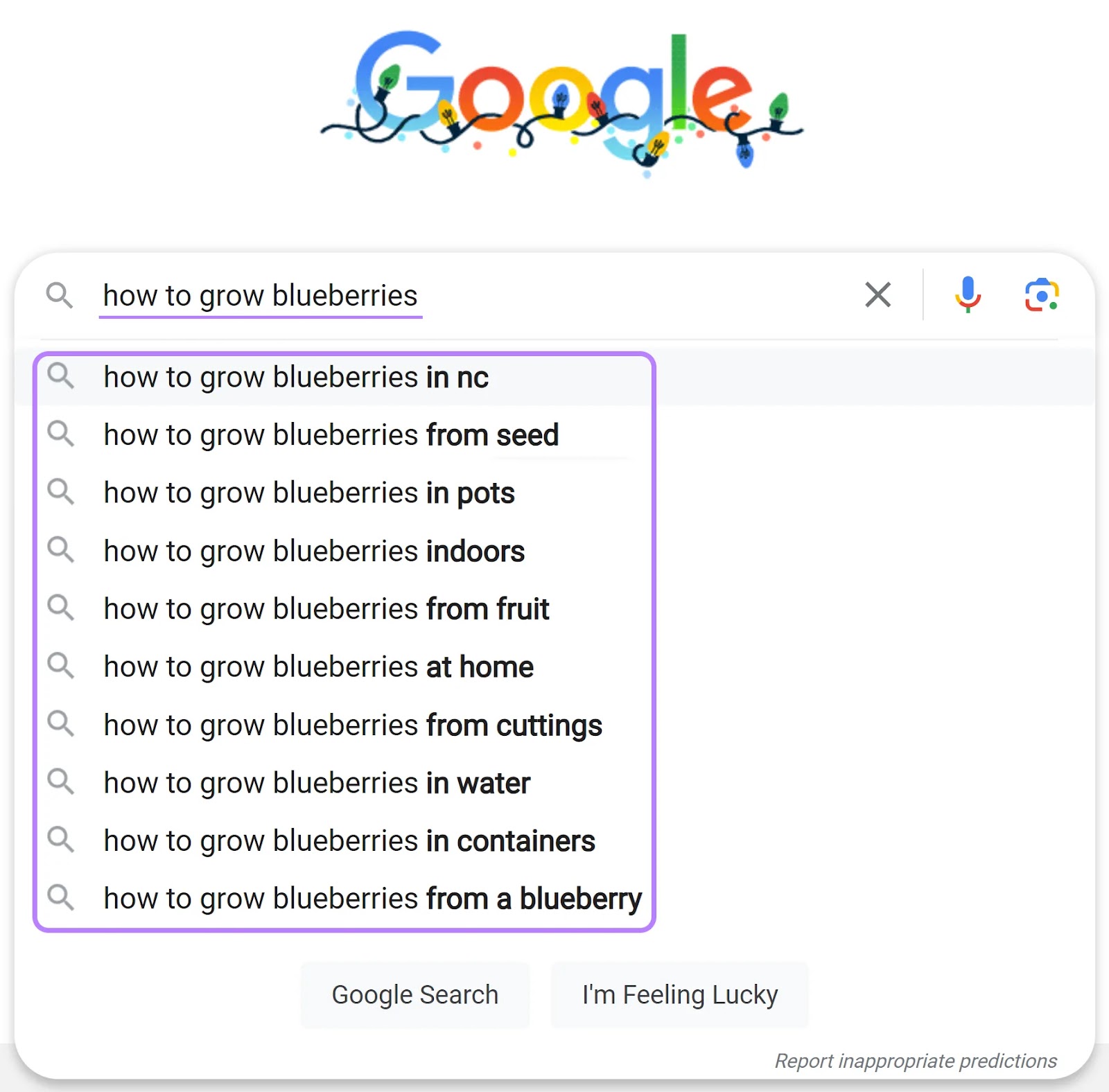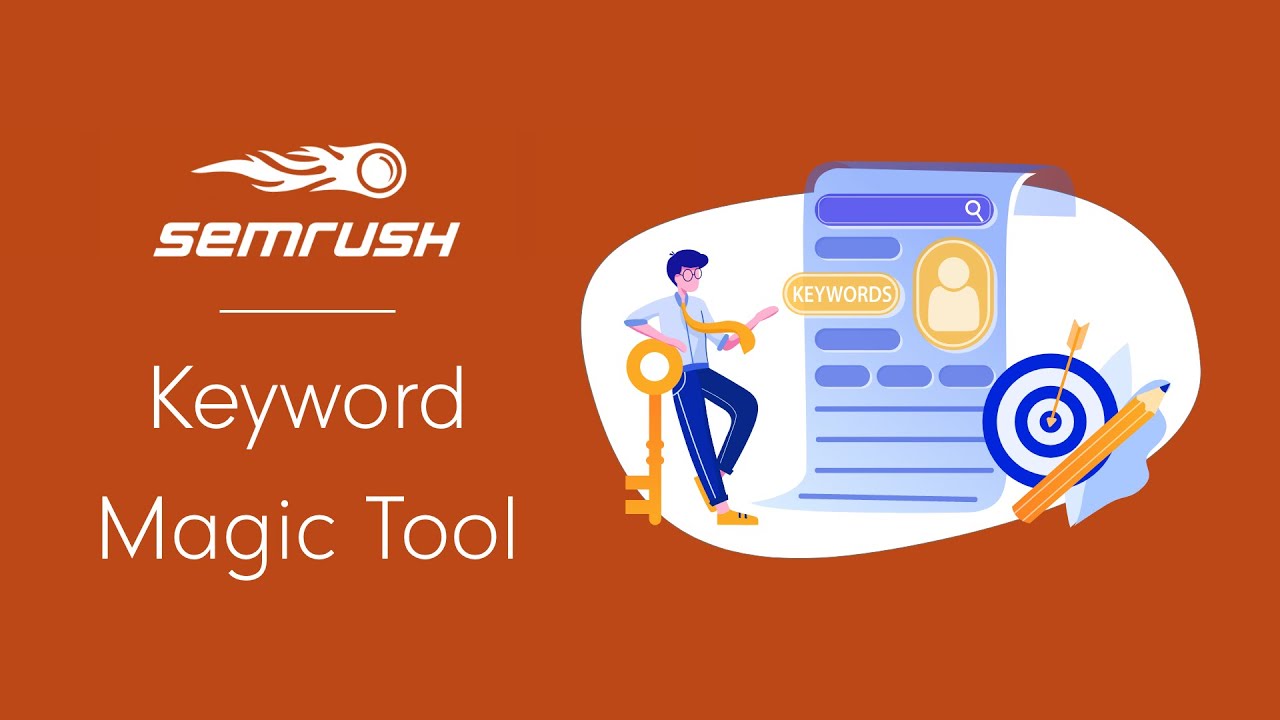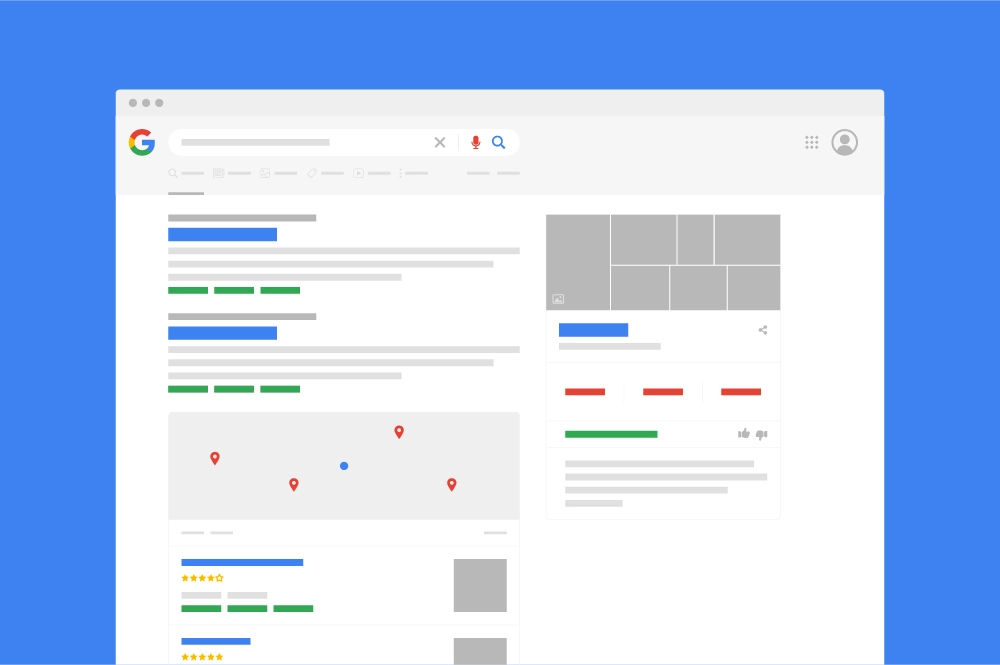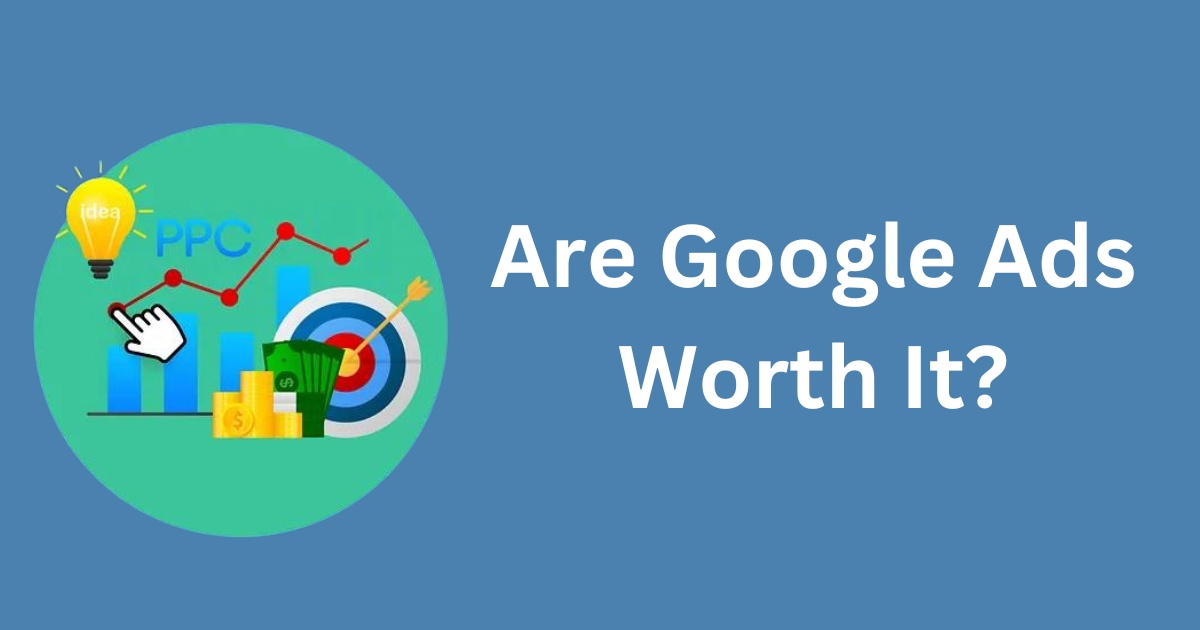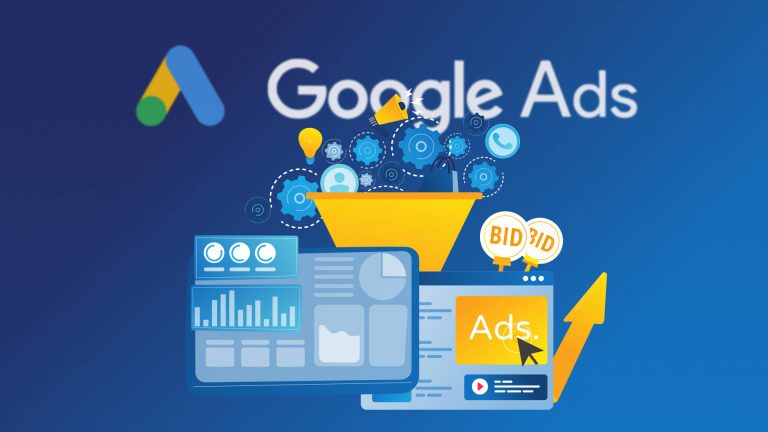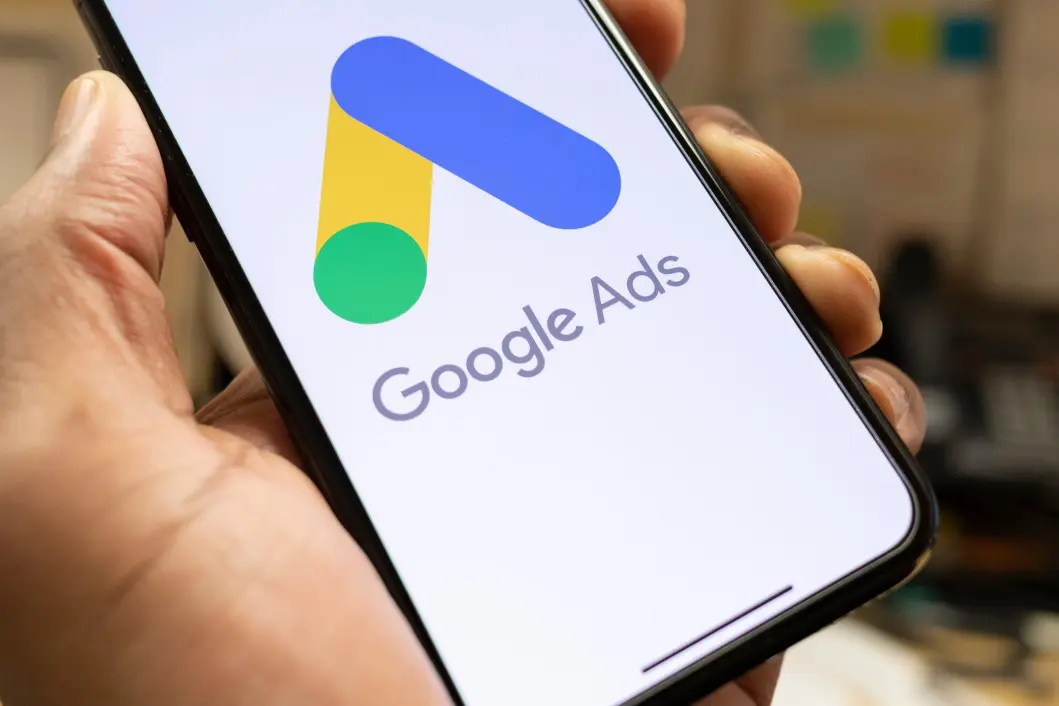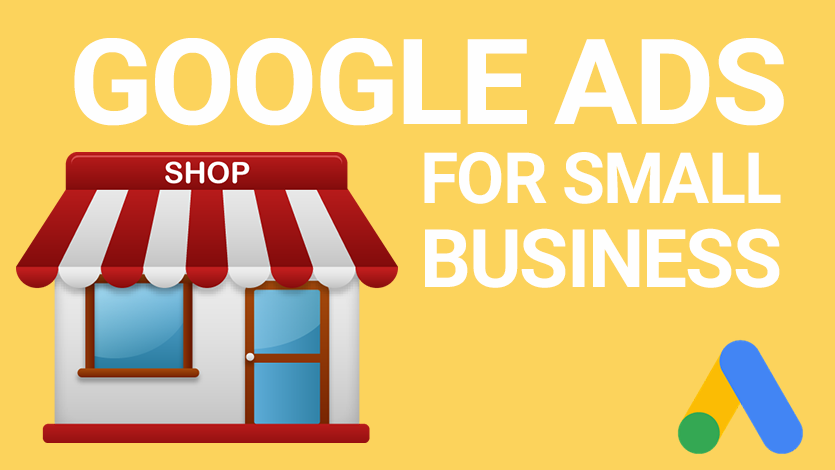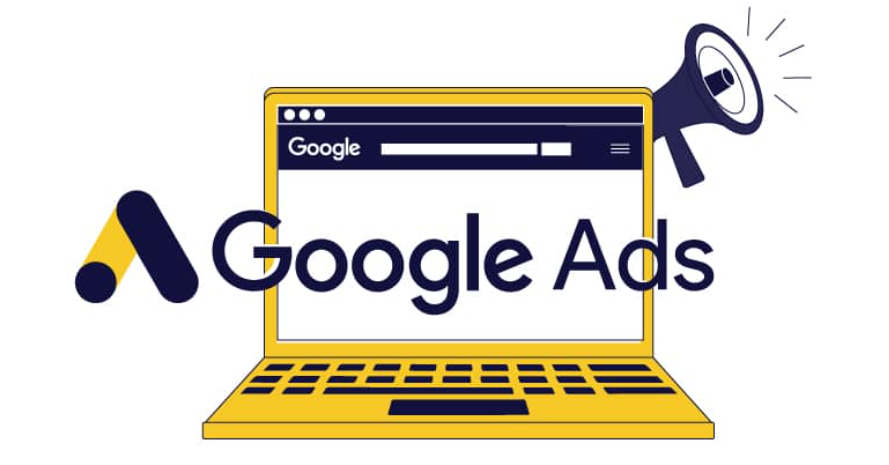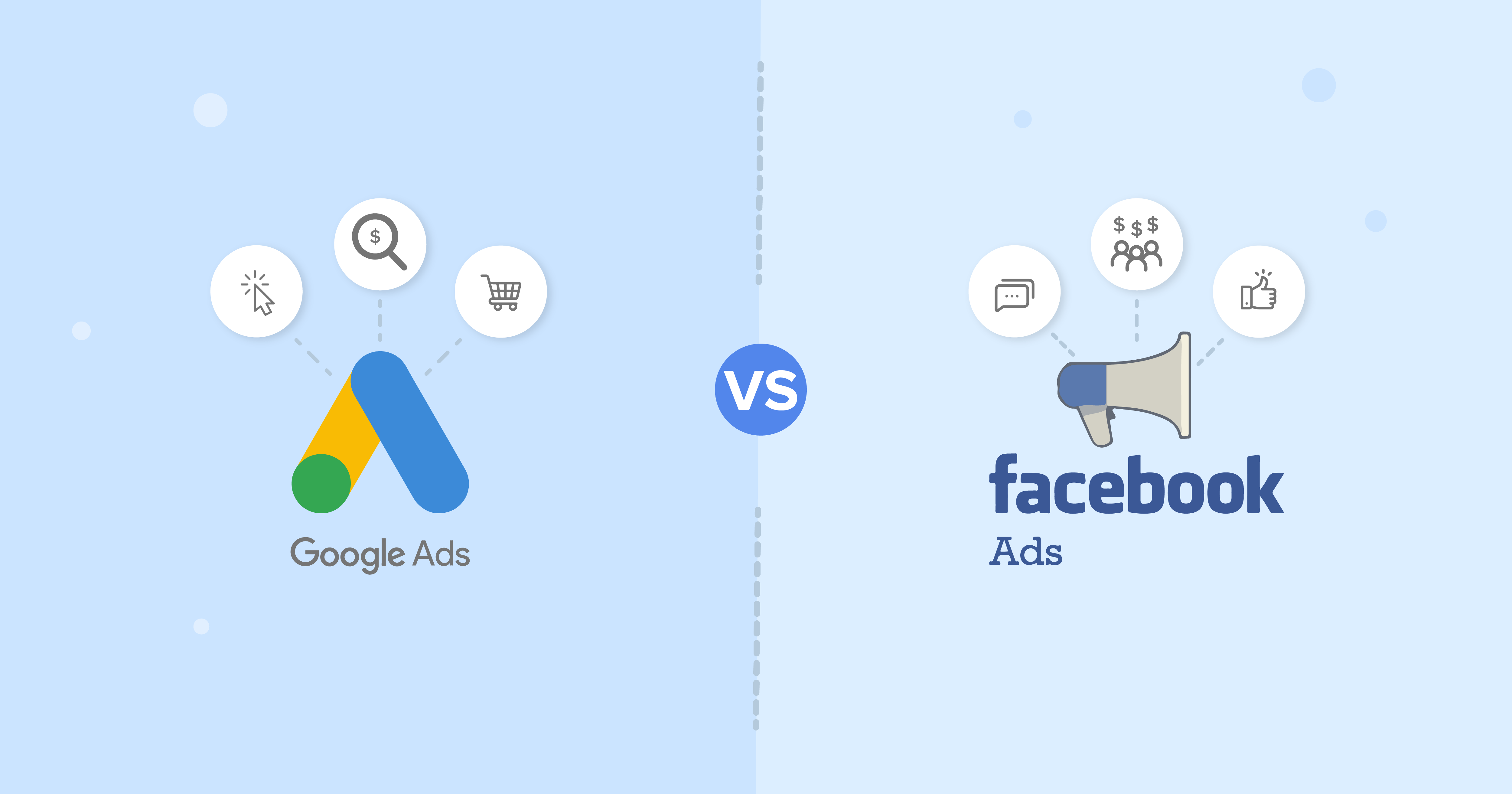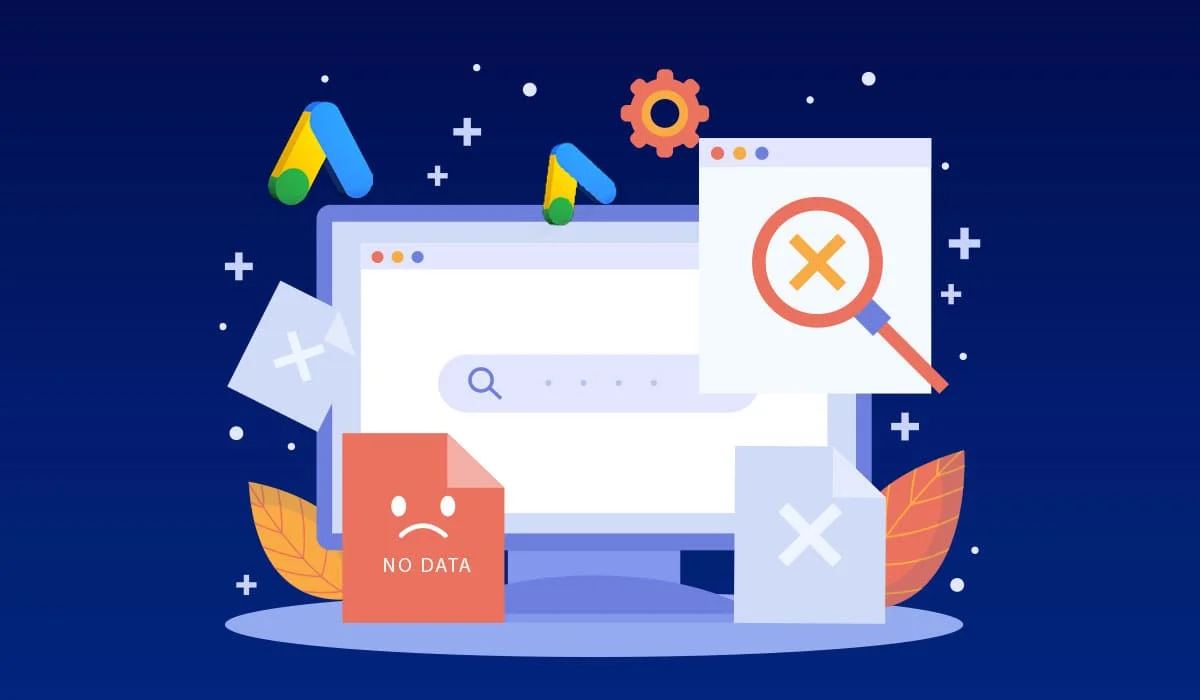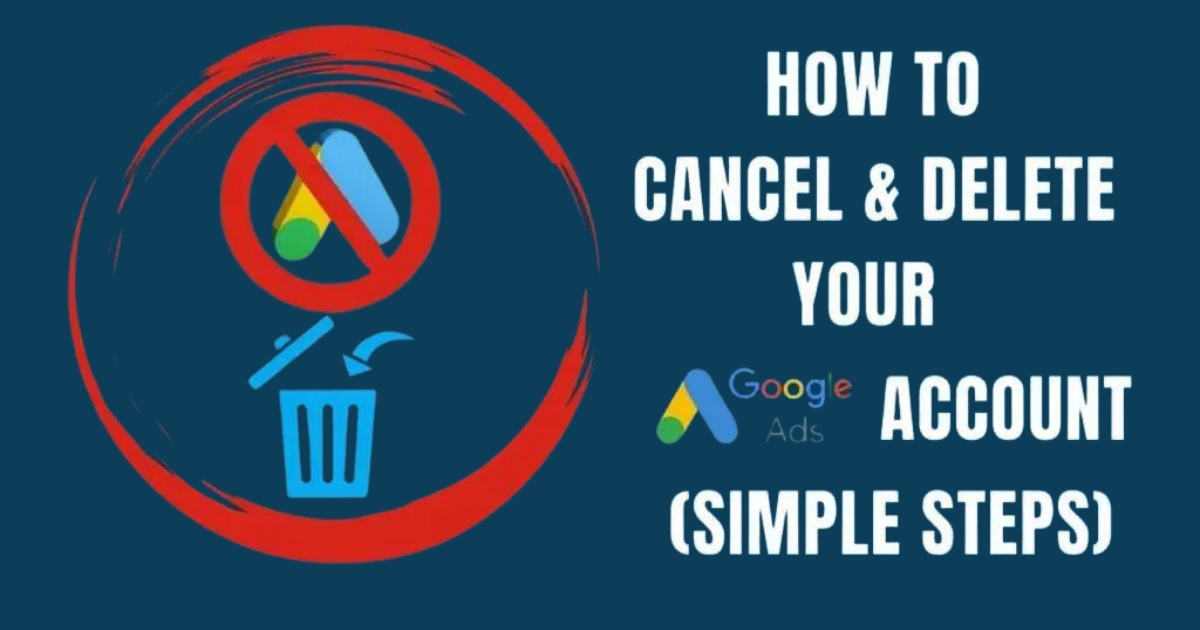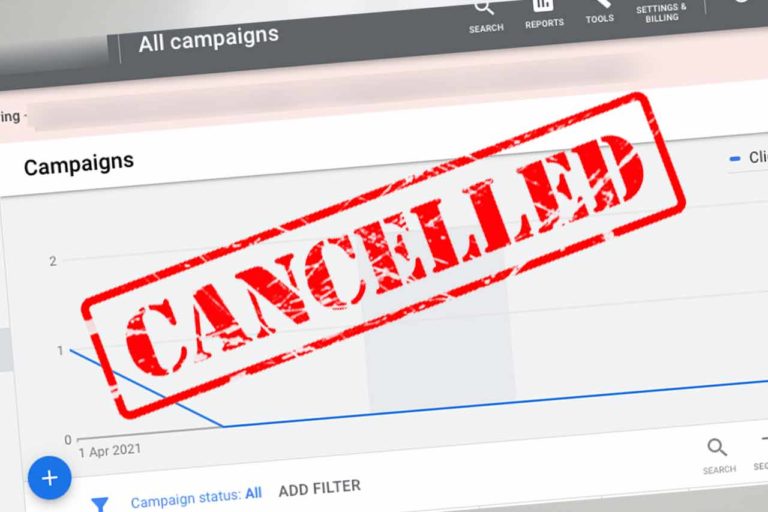In today’s digital age, search engines have become a crucial part of our online experience. They help us navigate the vast expanse of the internet, connecting us with the information, products, and services we’re looking for.
But with all the buzz about data privacy and targeted ads, a lot of folks are on the lookout for alternatives to big names like Google. And that’s where free search engines swoop in, giving us a more private and secure way to surf the web. Here at VH Info, we totally get the importance of keeping your online privacy intact while still being able to find what you need.
As pros in SaaS link building and content marketing, we know firsthand the power of using the right search tools. So, in this blog post, we’ll dig into the world of free search engines, checking out what they’re all about, how they do their thing, and the best 15+ options up for grabs today.
What Are Free Search Engines?

Free search engines are online tools that allow users to search for and access information on the internet without charging a fee.
These search engines typically generate revenue through advertising, either by displaying ads alongside search results or by collecting and selling user data to third parties.
However, not all free search engines operate in the same way. Some prioritize user privacy by not tracking or storing personal information, while others offer unique features like eco-friendly search or integration with social media platforms.
How Do Free Search Engines Work?

At their core, search engines work by using web crawlers (also known as bots or spiders) to scan and index web pages across the internet.
When a user enters a search query, the search engine algorithm analyzes its index to find the most relevant results based on factors like keyword relevance, content quality, and backlinks.
Free search engines typically rely on one of two models:
- Building and maintaining their index of web pages
- Sourcing search results from other search engines (like Google or Bing) and repackaging them for users
The latter model, known as a metasearch engine, allows smaller players to offer a search experience without the extensive resources required to crawl and index the entire web themselves.
15+ Best Free Search Engines

Now that we’ve covered the basics, let’s take a look at some of the best free search engines available today.
DuckDuckGo

DuckDuckGo is a privacy-focused search engine that has gained popularity in recent years due to its commitment to protecting user data.
Unlike many other search engines, DuckDuckGo does not track user searches or collect personal information, ensuring that users can browse the web without being targeted by ads or having their data sold to third parties. This search engine generates its results from over 400 sources, including its web crawler and other search engines like Bing and Yahoo.
DuckDuckGo offers a clean and user-friendly interface, making it easy for users to find the information they need quickly. In addition to its privacy features, DuckDuckGo also provides instant answers, themes, and bangs (shortcuts to search directly on other sites), enhancing the overall search experience.
With a growing user base and a strong emphasis on privacy, DuckDuckGo has established itself as a reliable alternative to mainstream search engines like Google, particularly for those who value their online anonymity and want to avoid targeted advertising.
Yahoo! Search

Yahoo! Search, one of the oldest and most well-known search engines, has undergone significant changes in recent years.
Now powered by Bing, Yahoo! Search continues to offer a comprehensive search experience, providing users with access to news, images, and video content in addition to web results.
While Yahoo! does collect some user data, it offers options for users to opt out of certain types of advertising and tracking, giving them more control over their privacy. Yahoo! Search’s integration with other Yahoo! services, such as email, Yahoo Finance, and sports news, makes it a convenient choice for users who rely on multiple Yahoo! products.
Despite facing competition from Google and other search engines, Yahoo! Search remains a familiar and trusted option for many internet users, particularly those who have been using Yahoo!’s services for a long time.
As a web portal, Yahoo! Search provides users with a one-stop shop for various online needs, making it an attractive choice for those seeking a versatile and feature-rich Yahoo Search engine.
Yep.com

Yep.com is a relatively new player in the search engine market, aiming to provide users with unbiased search results while supporting content creators through ad revenue sharing.
Using AI and machine learning tech, Yep.com gives you search results that don’t need your data or search history. They really care about privacy and neutrality. This cool way of doing things makes Yep.com stand out from other search engines that always use your data to show you personalized results and ads.
In addition to its privacy-focused features, Yep.com is pretty cool because they make sure content creators get paid fairly for their work, which is awesome for publishers and writers.
As the search engine grows its user base and refines its algorithms, it has the potential to become a significant player in the market, offering a unique value proposition that combines privacy, unbiased results, and support for content creators.
While still in its early stages, Yep.com’s innovative approach and commitment to user privacy make it an intriguing option for those seeking an alternative to the dominant search engines.
AOL

AOL, or America Online, was once a dominant force in the early days of the Internet, providing millions of users with access to email, chat rooms, and web browsing.
Although its influence has waned over the years, AOL still offers a search engine powered by Bing, catering to users who prefer a simple and straightforward search experience.
While AOL’s search market share has declined significantly, it remains a viable option for users who have stayed loyal to the brand over the years. AOL search provides results similar to those found on Bing but with a different user interface and additional features like local search and news integration.
For long-time AOL users, the familiarity and simplicity of AOL search may be appealing, even as newer and more advanced search engines have emerged.
Despite facing stiff competition from Google and other search providers, AOL search continues to serve as a solid Google alternative for a niche audience, offering a reliable and uncomplicated search experience for those who value familiarity and ease of use.
Bing

Bing, Microsoft’s search engine, has steadily grown in popularity since its launch in 2009, now holding the position of the second-largest search engine worldwide with a market share of around 3%. Bing offers a comprehensive search experience, providing users with access to web results, images, videos, and news.
One of Microsoft Bing’s standout features is its integration with Microsoft Office applications, allowing users in the United States to seamlessly search for and include information from the web into their documents and presentations. Additionally, Bing offers a rewards program that incentivizes users to search and engage with the platform, earning points that can be redeemed for gift cards and other prizes.
In recent years, Bing has made significant strides in improving its search algorithms and user experience, narrowing the gap between itself and Google. The search engine powers results for several other platforms, including Yahoo! and DuckDuckGo, expanding its reach and influence.
Qwant

Qwant is a privacy-focused search engine from France. It prioritizes user data protection and unbiased results. Unlike others, Qwant doesn’t track searches or sell data to advertisers. It uses its index, not relying on other search engines’ data. This ensures independence and unbiased search results for users.
Besides privacy, Qwant has an easy-to-use interface. Users can find information in various categories like web pages, news, images, and videos. There’s also Qwant Junior for kids, ensuring a safe search experience.
With rising concerns about online privacy, Qwant has gained popularity in Europe. Its focus on protecting user data and providing fair results attracts users who value privacy and transparency. It stands as a reliable alternative to mainstream search engines for those seeking online anonymity and avoiding targeted ads based on their search history.
Ecosia

Ecosia is an eco-friendly search engine that uses its advertising revenue to plant trees around the world. For every 45 searches made on Ecosia, the company plants one tree in areas affected by deforestation.
Ecosia is powered by Bing’s search technology, ensuring that users receive high-quality search results while supporting environmental conservation efforts. The search engine is transparent about its revenue and tree-planting projects, providing monthly financial reports and a real-time tree counter on its website.
Ecosia also prioritizes user privacy by not storing permanent IP addresses or selling user data to third parties. With its commitment to sustainability and privacy, Ecosia offers users a way to make a positive impact on the environment while conducting their daily searches.
StartPage

StartPage is a privacy-focused search engine that delivers Google search results without tracking users or storing personal data. Acting as an intermediary between the user and Google, StartPage ensures that searches remain anonymous and private.
The search engine does not use cookies, store IP addresses, or collect any personal information, making it an attractive option for users concerned about online privacy. StartPage also offers a proxy feature, allowing users to visit websites through the search engine’s servers, further enhancing anonymity.
In addition to its strong privacy features, StartPage provides a clean and user-friendly interface, making it easy for users to find the information they need without compromising their privacy. With its commitment to protecting user data and delivering high-quality search results, StartPage is an excellent alternative for privacy-conscious individuals.
Swisscows

Swisscows is a family-friendly, privacy-focused search engine based in Switzerland.
The search engine prioritizes data protection and avoids displaying explicit content in its search results. Swisscows uses semantic information recognition to understand the context and meaning behind search queries, delivering more accurate and relevant results.
The search engine does not collect or store any personal data, ensuring that users’ searches remain private and anonymous.
Swisscows also offers a unique feature called “semantic map,” which provides a visual representation of related topics and concepts, helping users discover new information and expand their knowledge.
With its commitment to privacy, family-friendly content, and innovative search features, Swisscows is an attractive option for users seeking a secure and conscientious search experience.
SearX

SearX is an open-source, privacy-focused metasearch engine that aggregates results from multiple search engines while protecting user privacy. Users can customize their search preferences, choosing which search engines they want to include and how they want the results to be displayed.
SearX does not collect or share any personal data, ensuring that searches remain private and anonymous. The search engine is decentralized, meaning that anyone can host their instance of SearX, further enhancing privacy and security.
SearX also offers advanced search features, such as filtering results by date, language, and file type, making it a versatile tool for users with specific search needs.
With its commitment to privacy, customization options, and advanced search features, SearX is an excellent choice for tech-savvy users who value control over their search experience.
Yandex

Yandex is a Russian multinational technology company that operates the largest search engine in Russia.
Yandex offers a wide range of services, including email, maps, translation, and cloud storage, in addition to its search capabilities. The search engine provides a user-friendly interface and delivers relevant results for both Russian and English-language queries.
Yandex also offers a personalized news feed called Yandex Zen, which uses machine learning algorithms to create content based on user’s interests and browsing history. While Yandex does collect some user data to improve its services, it provides options for users to manage their privacy settings and opt out of personalized advertising.
With its comprehensive suite of services and strong presence in the Russian market, Yandex is a popular choice for users in Russia and the surrounding regions.
Dogpile

Dogpile is a metasearch engine that aggregates search results from multiple sources, including Google, Yahoo, and Bing.
Combining results from various search engines, Dogpile aims to provide users with a more comprehensive and diverse set of search results. The search engine offers a simple and intuitive interface, making it easy for users to find the information they need.
Dogpile also provides a variety of search tools, such as image and video search, news search, and a Yellow Pages directory for local business information.
While Dogpile does not have the same focus on privacy as some other alternative search engines, it does offer a “Search Anonymously” option that allows users to search without their queries being tracked.
Additionally, unlike some competitors, Dogpile does not provide a free proxy service, but it still delivers results from multiple sources and maintains a user-friendly interface. Dogpile is a solid choice for users seeking a straightforward and efficient search experience. Dogpile, a metasearch engine, can be used with residential proxies to bypass geographic restrictions and avoid rate-limiting by masking the user’s IP address. This allows users to access a wider range of search results while maintaining anonymity and security.
Baidu

Baidu is the dominant search engine in China, holding a market share of over 70% in the country. The search engine provides a wide range of services, including maps, news, video, and social media platforms, making it a comprehensive digital ecosystem for Chinese users.
Baidu’s search results are optimized for the Chinese language and market, delivering relevant and localized content to its users.
The company also heavily invests in artificial intelligence research and development, integrating AI technologies into its search and other services to improve user experience.
However, Baidu has faced criticism for its content censorship practices, which align with the Chinese government’s strict internet regulations. Despite these concerns, Baidu remains the go-to search engine for the vast majority of internet users in China.
WolframAlpha

WolframAlpha is a computational knowledge engine that provides direct answers to factual queries using data from expert-created sources.
Unlike traditional search engines that deliver web pages as results, WolframAlpha uses algorithms and a vast knowledge base to generate specific, numerical, or visual answers to users’ questions.
The platform is particularly useful for students, researchers, and professionals seeking quick and accurate information in fields such as mathematics, science, technology, and finance.
WolframAlpha’s natural language processing capabilities allow users to input queries in a conversational manner, making it easy to access complex data and computations.
While WolframAlpha is not a replacement for general-purpose search engines, it is an invaluable tool for users who require precise, data-driven answers to specific questions.
MetaGer

MetaGer is a German metasearch engine that prioritizes user privacy and security. The search engine aggregates results from multiple sources, including Bing, Yahoo, and Yandex, while ensuring that users’ searches remain anonymous.
MetaGer does not store IP addresses or use tracking cookies, protecting users from data collection and targeted advertising. The search engine also offers a proxy feature that allows users to access websites anonymously, further enhancing online privacy.
MetaGer is operated by a non-profit organization and is committed to transparency, regularly publishing its source code and financial reports.
With its strong focus on privacy and security, MetaGer is an attractive option for users who want to keep their online activities confidential while still accessing a wide range of search results.
Mojeek

Mojeek is a UK-based search engine that uses its crawler and index to deliver unbiased and relevant search results.
Unlike many other search engines that rely on data from third parties, Mojeek maintains complete control over its search index, ensuring that results are not influenced by external factors or commercial interests.
The search engine also prioritizes user privacy, promising not to track users or sell their data to advertisers.
Mojeek offers a clean and simple interface, making it easy for users to find the information they need without distractions.
While Mojeek’s search index is smaller than those of major search engines like Google, it is continuously growing and improving, making it an increasingly viable alternative for users who value independence and privacy in their search experience.
Gigablast

Gigablast is an open-source search engine that focuses on providing fast and efficient search results. The search engine maintains its index of over a billion web pages, ensuring that users have access to a wide range of information.
Gigablast offers a variety of advanced search features, including Boolean operators, phrase searching, and the ability to search within specific file types, such as PDFs and Microsoft Office documents.
The search engine also provides a unique “Gigabits” feature, which offers related concepts and search suggestions based on users’ queries, helping them refine their searches and discover new information.
As an open-source project, Gigablast is transparent about its technology and operations, allowing developers to contribute to its development and improvement. With its focus on speed, efficiency, and advanced search capabilities, Gigablast is a compelling choice for users who require a powerful and customizable search tool.
OneSearch

OneSearch is a privacy-focused search engine developed by Verizon Media, the parent company of Yahoo. The search engine aims to provide users with relevant search results while protecting their data from being tracked or sold to third parties.
OneSearch does not store user IP addresses, use tracking cookies, or collect any personally identifiable information, ensuring that users’ searches remain private and anonymous. The search engine also offers an “Advanced Privacy Mode” that encrypts users’ search terms and provides additional security measures.
OneSearch delivers search results powered by Bing, giving users access to a wide range of information without compromising their privacy.
With its commitment to user privacy and its backing from a major technology company, OneSearch is an attractive option for users who want a secure search experience without sacrificing the quality of search results.
Types of Free Search Engines

While all free search engines share the basic goal of helping users find information online, there are several distinct types with different focuses and features:
- General search engines like Google, Bing, and Yahoo cast a wide net, indexing billions of web pages across all topics and media types.
- Privacy-focused search engines like DuckDuckGo and StartPage prioritize user privacy by not tracking searches or collecting personal data.
- Metasearch engines like Dogpile and SearX aggregate results from multiple search engines, giving users a more comprehensive set of results.
- Specialty search engines like WolframAlpha and Creative Commons Search focus on specific types of content or queries, such as computational knowledge or copyright-free media.
- Eco-friendly search engines like Ecosia use their ad revenue to support environmental conservation efforts.
Social Network-Specific Advanced Search

In addition to traditional web search engines, many social media platforms offer built-in search tools tailored to their specific content and use cases.
Facebook Search
Facebook’s search function allows users to find people, pages, groups, events, and posts within the platform. Advanced search options enable filtering by location, date, and other criteria.
LinkedIn People Search
LinkedIn’s people search is a powerful tool for finding and connecting with professionals in specific industries, companies, or locations. Users can filter results by job title, skills, education, and more.
LinkedIn Job Search
LinkedIn also offers a robust job search feature, allowing users to find open positions by keyword, company, location, and other factors. Job seekers can also set up alerts for new listings matching their criteria.
Twitter Search
Twitter’s search function enables users to find tweets, users, and trending topics in real time. Advanced search options allow for filtering by date, location, sentiment, and more.
AI Search Engines

In recent years, the rise of artificial intelligence has led to the development of new search engines that leverage AI and machine learning to provide more intelligent, conversational search experiences.
- Perplexity.ai: Perplexity.ai is an AI-powered search engine that uses natural language processing to understand complex queries and provide detailed, contextual answers. It can engage in multi-turn conversations and even generate original content.
- Bing.com: In 2023, Microsoft introduced an AI-powered chatbot called Bing Chat, which integrates with the Bing search engine to provide conversational search results and assist with tasks like writing and coding.
- You.com: You.com is a privacy-focused AI search engine that uses machine learning to personalize results based on user preferences and behavior. It offers a chat interface for natural language queries and a customizable dashboard for tracking topics of interest.
What is the Best Search Engine Besides Google?

The best search engine for you will depend on your specific needs and priorities. If privacy is your top concern, DuckDuckGo or StartPage, the world’s most private search engine, may be the best choice.
If you want to support environmental causes, Ecosia is a great option. And if you need specialized knowledge or data, WolframAlpha or a niche search engine in your field may be the way to go.
At VH Info, we recommend trying out a few different search engines to see which one provides the most relevant and useful results for your typical queries. Don’t be afraid to venture beyond Google – you may be surprised at the quality and variety of search experiences available.
What Makes a Good Search Engine?

When evaluating search engines, there are a few key factors to consider:
- Privacy Controls: Look for search engines that don’t track your searches, store your personal data, or share your information with third parties. Privacy-focused options like DuckDuckGo and StartPage are great choices if you value anonymity.
- Niche Search Queries: If you frequently search for specific types of information or content, look for search engines that cater to those niches. For example, WolframAlpha is ideal for data-driven queries, while Creative Commons Search is perfect for finding copyright-free media.
- Paid Content and Results: Be aware of how search engines generate revenue and whether they clearly distinguish between organic and paid results. Look for options that prioritize relevant, high-quality content over ads and sponsored listings.
Advantages of Using Free Search Engines
There are several compelling reasons to use free search engines over paid alternatives:
- Cost-Effective: As the name suggests, free search engines don’t charge users anything to access their services. This makes them an affordable option for individuals, small businesses, and organizations with limited budgets.
- Easy to Use: Most free search engines have simple, intuitive interfaces that make it easy for users to enter queries and find relevant results quickly. Many also offer advanced search options and filters for more targeted searches.
- Wide Range of Information: Free search engines typically index billions of web pages across all topics and media types, providing users with access to a vast array of information and resources. Whether you’re looking for news articles, academic papers, images, videos, or products, there’s a free search engine that can help you find them.
Disadvantages of Free Search Engines
While free search engines offer many benefits, there are also some potential drawbacks to consider:
- Advertising: Most free search engines rely on advertising to generate revenue, which means users may encounter sponsored results and ads alongside organic search results. This can be distracting and may make it harder to find the most relevant information.
- Privacy Concerns: Some free search engines track user searches and collect personal data in order to target ads and improve their services. If privacy is a top priority for you, be sure to choose a search engine with strong privacy controls and a transparent data policy.
- Limited Customization Options: While some free search engines offer advanced search options and filters, they may not provide the same level of customization and control as paid enterprise search platforms. If you have specific search needs or requirements, a free search engine may not be the best fit.
FAQ’s:
Why Should I Use a Search Engine Other than Google?
There are a few reasons you might want to try a search engine other than Google:
- To protect your privacy and avoid having your data tracked and sold to advertisers
- To access a wider range of search results and perspectives beyond what Google provides
- To support alternative business models and causes, such as environmentalism or content creator compensation
Do Alternative Search Engines Have All the Same Features as Google?
Not all alternative search engines have the same features and capabilities as Google. Some may have more limited search options, fewer integrations with other tools and services, or less comprehensive coverage of certain topics or regions.
However, many alternative search engines offer unique features and benefits that Google doesn’t, such as stronger privacy protections, eco-friendly initiatives, or niche content expertise.
Are Free Search Engines Safe to Use?
Most reputable free search engines are safe to use, but it’s important to be aware of their privacy policies and data practices. Look for search engines that don’t track your searches, store user data, or share your personal information with third parties. If a search engine’s privacy policy is unclear or concerning, it’s best to avoid using it.
How Do Eco-Friendly Search Engines Work?
Eco-friendly search engines like Ecosia generate revenue through advertising, just like other search engines. However, they donate a portion of their ad revenue to environmental conservation projects, such as planting trees or protecting rainforests with renewable energy efforts. By using an eco-friendly search engine, you can support these causes without any extra cost or effort on your part.
Are Alternative Search Engines as Accurate or Reliable as Google?
The accuracy and reliability of alternative search engines can vary depending on the specific engine and the type of query.
Some alternative search engines, like Bing and DuckDuckGo, source their results from the same indexes as Google and may provide similar levels of relevance and quality.
Others, like WolframAlpha and specialty search engines, may provide more accurate or comprehensive results for certain types of queries.
Ultimately, the best way to gauge the accuracy and reliability of a search engine is to try it out for yourself and compare the results to other sources.
Conclusion
In a world where keeping your online info safe is a big deal, these free search engines are a great option instead of always relying on Google. They focus on your privacy, have cool features, and even support good causes, giving you more say in how you search online.
At VH Info, we believe in empowering our readers with the knowledge and tools they need to make informed decisions about their online presence. Whether you’re looking to protect your data, access a wider range of information, or support eco-friendly initiatives, there’s a free search engine out there that can meet your needs.
So why not give one of these alternative search engines a try? You may be surprised at the quality and variety of results you find. And if you’re looking to improve your own website’s visibility in search results, be sure to check out our expert guides and services for SaaS link building and content marketing. Together, we can create a safer, more diverse, and more sustainable online ecosystem for everyone.
